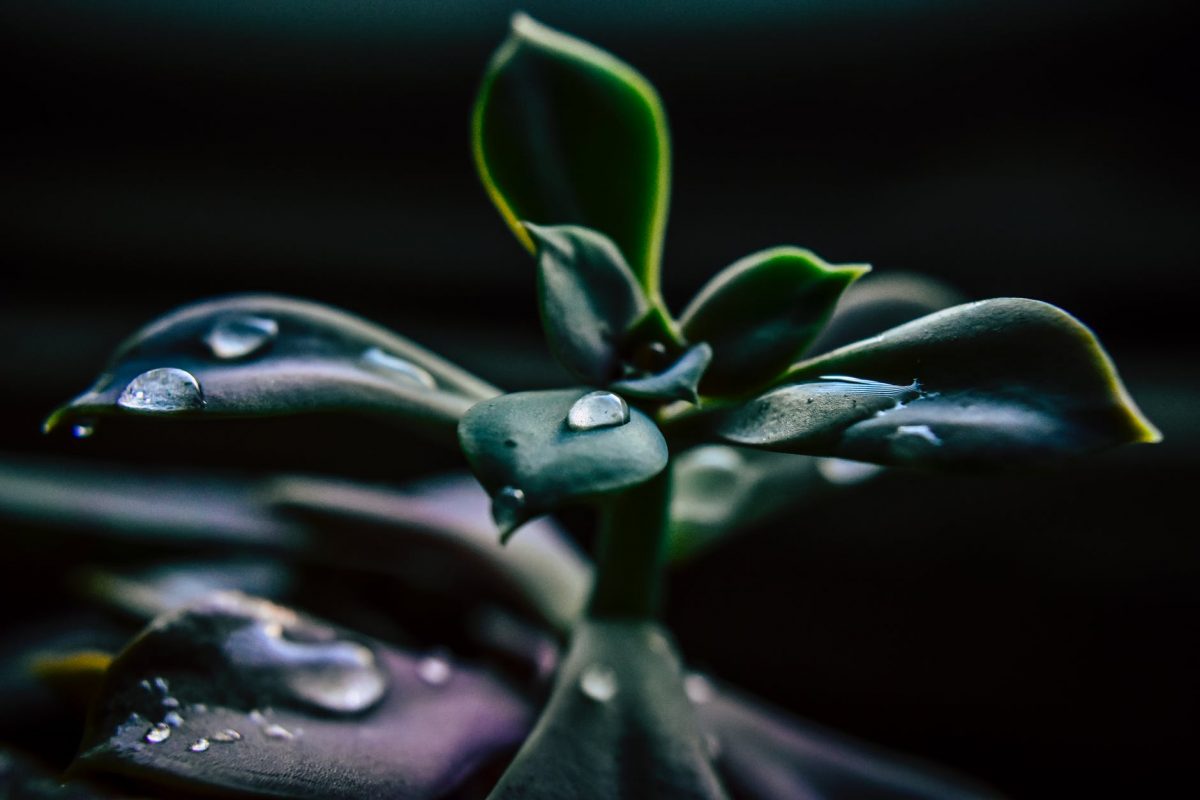All humans love to experiment with different situations and techniques to achieve great photography. Some people are more passionate about it and try to capture unique and creative shots, even with their phone cameras.
You can take different shots from home, such as photographing food, snapping candid pictures of your pets, and most interesting of all, capturing water drops. Water droplets are a fantastic subject as you can create eye-catching photographs with their shapes and reflections.
Water drops work well in photography because of their colours, textures, and patterns. Photographing water droplets is fun, but it also requires patience and a bit of photography knowledge.
Tips for capturing stunning water droplets.
First Design Your Water Droplets
Choose brightly coloured dishes or flavoured foods where the droplets will fall, as these create a striking effect in photography. You can also use glassware with coloured charts or cards as a background. Before dripping water, clean the surface to remove dust or marks and ensure a clearer result. With your final shot, you’ll see some amazing droplet creations.
You can shape your droplets by adjusting the depth of the water in your dish, or experiment with different patterned backdrops. While this may create some blurring, it also produces unique reflections and refractions.
You can also enhance your shots by using water droplets on flowers, fruit, vegetables, leaves, or glass surfaces.
Adjust Your Camera Settings

Learn your camera settings to get the best results from water droplet photography. To keep the drops in focus and properly framed, always use a tripod. Position it so the water drop falls close to the centre of the frame, allowing you to capture its reflection on the surface. Don’t overcomplicate things—just ensure the droplet stays in frame for an excellent result.
Switch your camera to manual mode and focus on the spot where the droplet will land. To check the focus, dip your finger or a stick into the water.
Before the shoot, switch on your flash, darken the room, and select a high shutter speed to achieve the right depth.
Capture With The Correct Timing
Timing is crucial in droplet photography, but it’s also the most challenging part. Capturing droplets in sequence as they hit the water can be tricky, but once you master it, you’ll find it easier each time.
Try to record the exact moment when droplets touch the surface. Review each shot and adjust your timing as needed during the process.
For variety, try releasing multiple droplets using a pipette to create splashes and ripples on the water’s surface.

